Tactical belts are the quintessential gear for military personnel, law enforcement officers, and outdoor enthusiasts who require quick access to their equipment. But what do you carry on a tactical belt? This article will delve into the essentials of a tactical belt setup, the types of belts used, and how to organize them for optimal performance.
Key Takeaways:
- Understanding the essential items to carry on a tactical belt for various scenarios.
- Recognizing the importance of a well-organized tactical belt setup for efficiency and accessibility.
- Learning about the different types of belts and accessories that can be included in a tactical belt system.

The Foundation: Inner and Outer Belt Systems
The tactical belt concept often involves a two-belt system: the inner belt and the outer belt. The inner belt is worn through your standard belt loops and acts as a stabilizer for the outer belt. The outer belt, typically a heavy-duty belt made of nylon or other durable materials, is where you attach your gear. This system ensures that the weight of the equipment is evenly distributed and remains secure, even in the most demanding situations.
Choosing the Right Tactical Belt
When selecting a tactical belt, it's crucial to consider the belt buckle design, material, and waist size. Many tactical belts feature a quick release buckle for easy donning and doffing. Nylon belts are preferred for their strength and flexibility over regular belts or leather belts. The buckle types can range from a standard frame buckle to a more sophisticated snap buckle or quick release buckles, depending on personal preference.
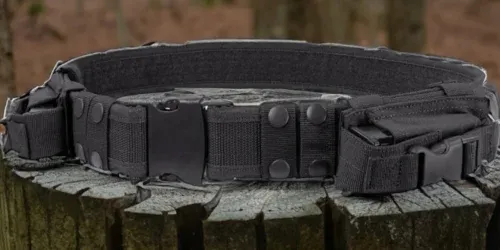
Holsters and Magazines: The Core of Your Setup
A tactical belt is incomplete without a reliable holster. Whether you prefer IWB holsters for concealed carrying or OWB holsters for open carry, the holster must be specifically designed to fit your firearm securely. Alongside the holster, carrying spare magazines is essential. Pistol mags can be housed in dedicated pouches or mag holders, ensuring you have enough ammunition for your mission or day at the range.
Medical Gear: Preparing for Emergencies
No tactical belt setup is complete without a first aid kit or medical kit. In the event of an injury, having immediate access to medical gear can be life-saving. Compact kits that can fit onto your belt are ideal, allowing you to carry essential items like tourniquets, bandages, and antiseptics without adding significant weight to your belt.
Tools of the Trade: Multi-Tool and Additional Equipment
A multi-tool is an indispensable part of any tactical belt. It provides a range of functions in a single, compact tool, making it perfect for solving a variety of problems in the field. Other gear, such as flashlights, pepper spray, or even a small notepad, can be included based on the specific needs of the user.
The Battle Belt Concept: War Belt for the Field
The battle belt, or war belt, is a wider belt designed to carry a more extensive array of equipment. It's ideal for military operations where carrying additional weight is necessary. These belts often have padded sections for comfort and additional belt loops to secure them over the duty belt, ensuring that all your gear is within easy reach.
Everyday Carry: EDC Belts for Civilians
EDC belts are for everyday use and are typically less bulky than their military counterparts. An EDC belt can still be a tactical gun belt, allowing for the concealed carry of a firearm and essential gear like a spare magazine, wallet, and keys. The key is to find a balance between accessibility and discretion.
Heavy Duty Belt for Heavy Duty Tasks
For those who require a belt that can withstand extreme conditions, a heavy-duty belt is the answer. These belts are made from materials that can support the weight of larger items, such as a fully loaded holster or additional pouches for tools and equipment. They are often used in conjunction with a battle belt for added support.
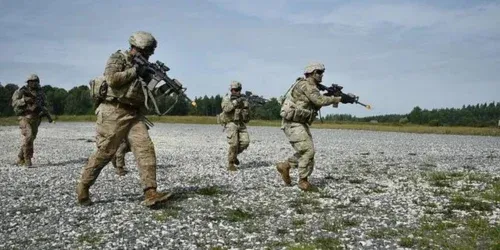
The Debate: Leather Gun Belt vs. Nylon Tactical Belts
While nylon belts are praised for their durability and flexibility, some still prefer the classic look and feel of a leather gun belt. Leather gun belts can be suitable for concealed carry, especially when worn with dress pants. However, for tactical situations where quick movement and gear accessibility are paramount, nylon tactical belts are generally the better choice.
Accessorizing Your Belt: Pouches and Holders
Accessorizing your tactical belt with the right pouches and holders is crucial for organization. From magazine pouches to handcuff cases, each item should have a designated spot on your belt. This ensures that you can access your gear quickly and efficiently, without having to search through pockets or bags.
The Importance of Belt Buckle Types
The buckle on your tactical belt is more than just a fastening mechanism; it's a critical component that can affect the functionality of your setup. Buckle types like the quick release buckle are favored for their ease of use, especially when you need to remove your belt in an emergency. The buckle design should also prevent accidental release, ensuring your gear stays secure.
Adjusting for Comfort and Practicality
A tactical belt must be comfortable to wear, especially if it's going to be on your waist for extended periods. Adjusting the belt for the right fit is essential, as is ensuring that it doesn't impede movement. For those who find themselves in a prone position often, the placement of gear on the belt should not interfere with their ability to lie flat.
The Role of Tactical Belts in Home Defense
For individuals focused on home defense, a tactical belt can be a central part of their strategy. Having a belt pre-loaded with a firearm, spare magazines, and perhaps even a flashlight means that you can be prepared at a moment's notice. It's important to practice with your setup to ensure that you can access and use your gear effectively in a high-stress situation.
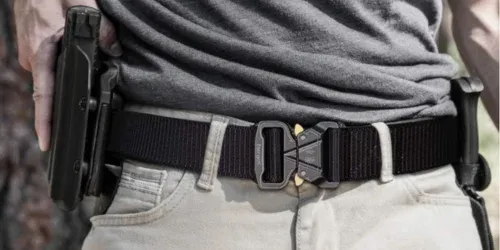
Balancing Your Tactical Belt Setup
What you carry on a tactical belt is largely determined by your specific needs and personal preference. Whether you're law enforcement, military, or a civilian looking for an everyday carry solution, the right tactical belt setup can make all the difference. Remember to prioritize accessibility, comfort, and the ability to carry all necessary gear without overloading yourself.
Summary
A tactical belt is an essential piece of equipment for anyone who needs quick and easy access to their gear. From the inner and outer belt system to the choice between leather and nylon, each aspect of the tactical belt setup should be tailored to the individual's needs. By carefully selecting holsters, pouches, and other accessories, you can create a tactical belt that is both functional and comfortable for everyday use or specialized tasks.
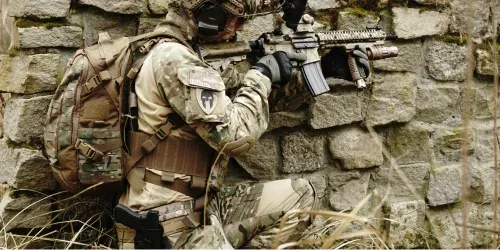
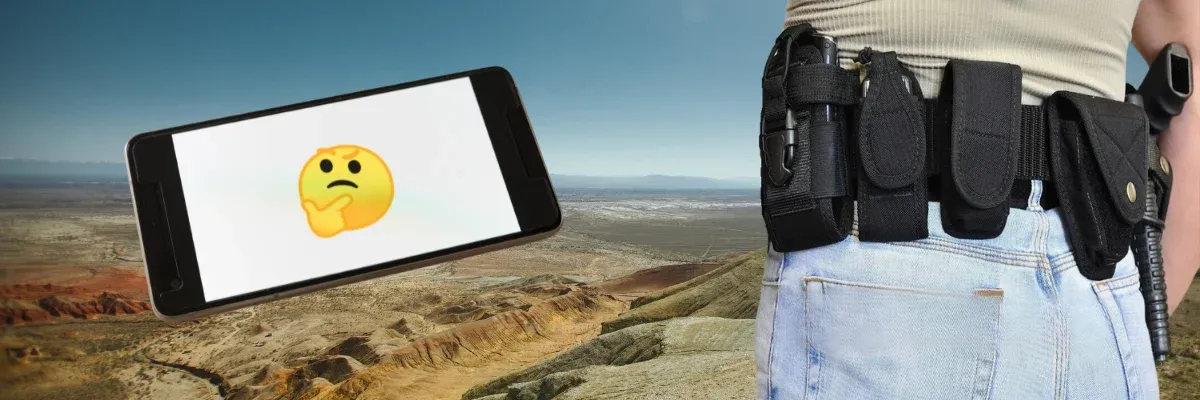
FAQ Section
Can I use a regular belt as a tactical belt?
While you can use a regular belt for carrying some gear, it's not recommended for tactical purposes. Tactical belts are specifically designed to handle the additional weight and provide quick access to equipment.
How do I choose the right size for my tactical belt?
Measure your waist size and consider the gear you'll be carrying. Most tactical belts are adjustable, but you'll want to ensure there's enough length to accommodate all your equipment comfortably.
Is it a bad idea to carry too much on my tactical belt?
Yes, overloading your tactical belt can lead to discomfort and reduced mobility. It's important to strike a balance between having all necessary gear and maintaining ease of movement.









